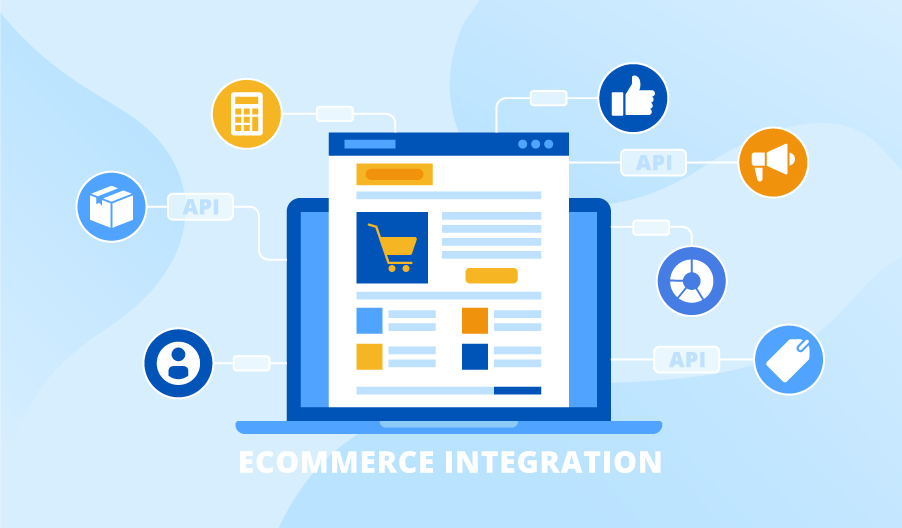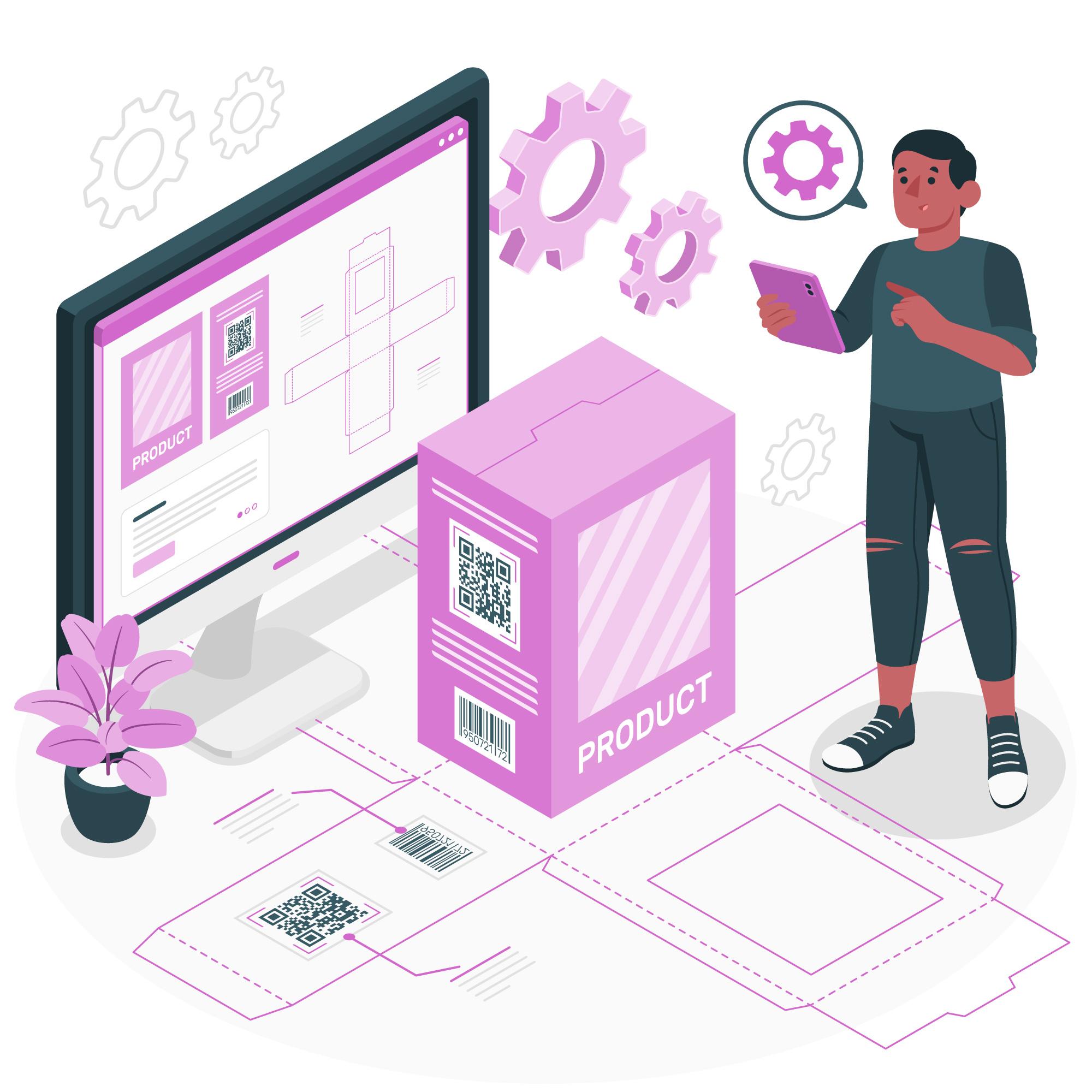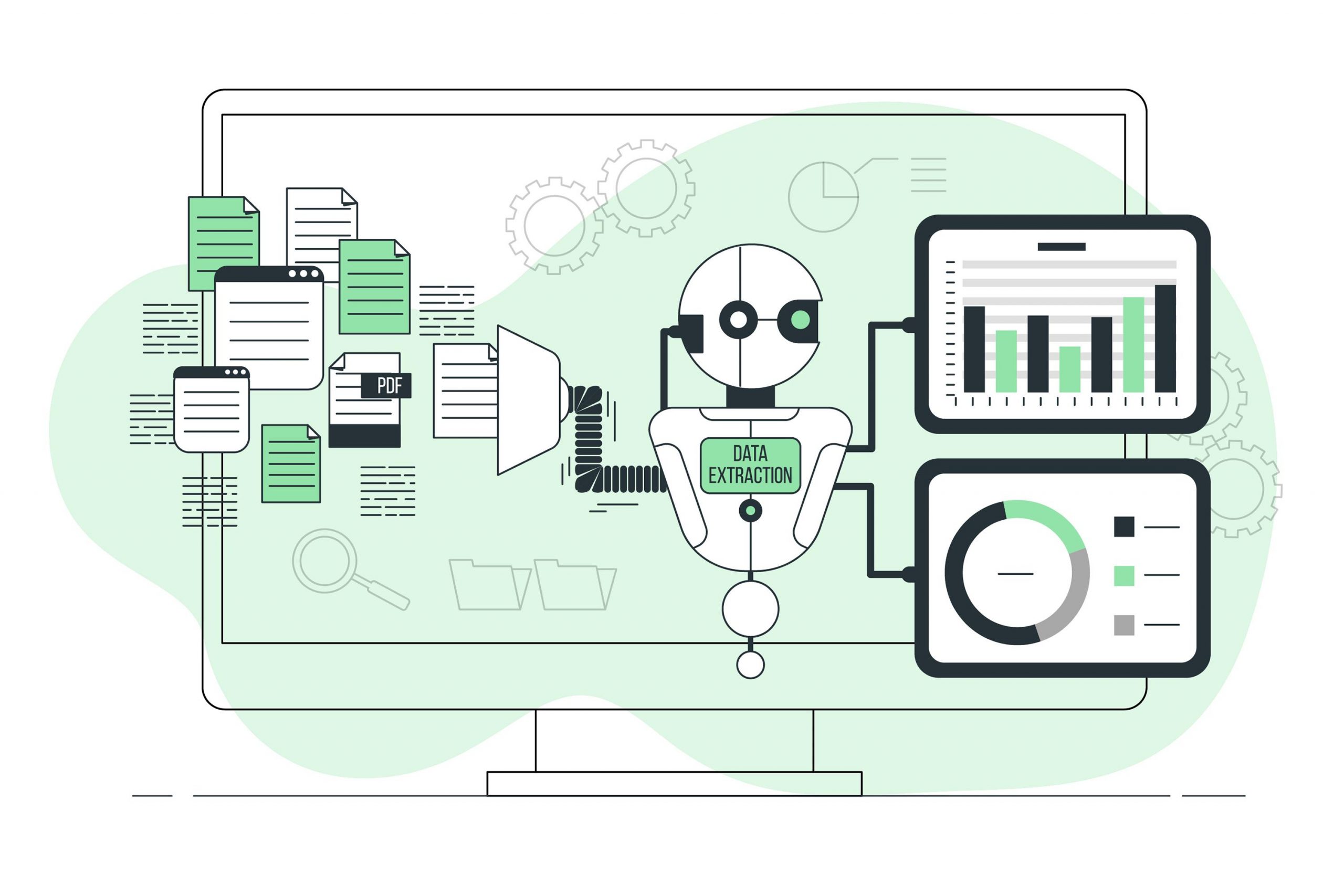Introduction
In today’s digital age, e-commerce integration is not just a choice but a necessity for businesses aiming to dominate their market and revolutionize their operations. With the surging demand for online shopping, businesses must adopt e-commerce integration to surge ahead of the competition and meet the demands of discerning modern consumers. This article will delve into the transformative impact of E-commerce integration, unlocking the potential for relentless business growth and success.
Challenges
E-commerce integration is an essential process for businesses looking to expand their online presence and improve customer experience. However, the process is not without its challenges. One of the primary challenges of e-commerce integration is the complexity of integrating various systems and platforms.
Many businesses use multiple software and platforms for their e-commerce operations, and getting these different systems to work together seamlessly can be quite challenging.
In e-commerce, having accurate and up-to-date data is crucial for providing a seamless customer experience. Ensuring that data from different systems is synchronized in real-time can be a major challenge for many businesses.
Security is also a significant concern when it comes to e-commerce integration. With the increasing number of cyber threats and data breaches, businesses need to ensure that their e-commerce integration is secure and complies with industry regulations.
Our Approach
STREAMS Solutions proposed a comprehensive solution involving the development and implementation of custom accelerators to integrate the client’s e-commerce platform with NetSuite. The solution aimed to address the aforementioned challenges and provide a seamless, scalable, and efficient system.
1. Identity Key Stakeholders
Identify the key stakeholders are very important step for project’s success. Agile and lean processes along with strong collaboration processes with key stakeholders and team members helps in transparency in project execution.
2. Determine Integration Scope
Define which systems and processes require integration, such as inventory management, order processing, and customer information.
3. Identify Integration Platform
Select an integration platform that can seamlessly connect ecommerce platform with backend systems. Key features such as pre-built connectors, scalability, and real-time data synchronization must be part of integration platform capability.
4. Identify Key Touchpoints
Identify the key touchpoints where data needs to flow between systems, such as when a new order is placed, inventory levels change, refund or return is processed, or customer information is updated.
5. Design Scalable Architecture
Create a scalable architecture that can accommodate future growth and changes in your ecommerce operations. Consider factors like data security, performance, and flexibility.
6. Test Rigorously
Thoroughly test the integration solution to ensure data accuracy, system stability, and proper functionality at each touchpoint.
7. Monitoring & Support
Set up monitoring processes and provide support for ongoing maintenance, troubleshooting, and system enhancements.
Conclusion
Our Data Integration & Analytics practice has a proven track record of implementing numerous successful E-Commerce integrations with a variety of ERP and inventory management systems. We are meticulous in applying industry best practices for these integrations and crafting tailored solutions to meet our clients’ specific needs. Get in touch with us to address your ecommerce integration challenges and establish a practical approach for your success!





